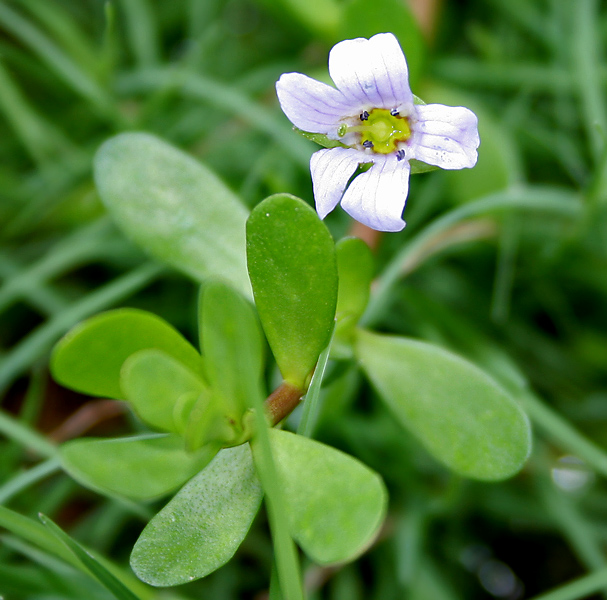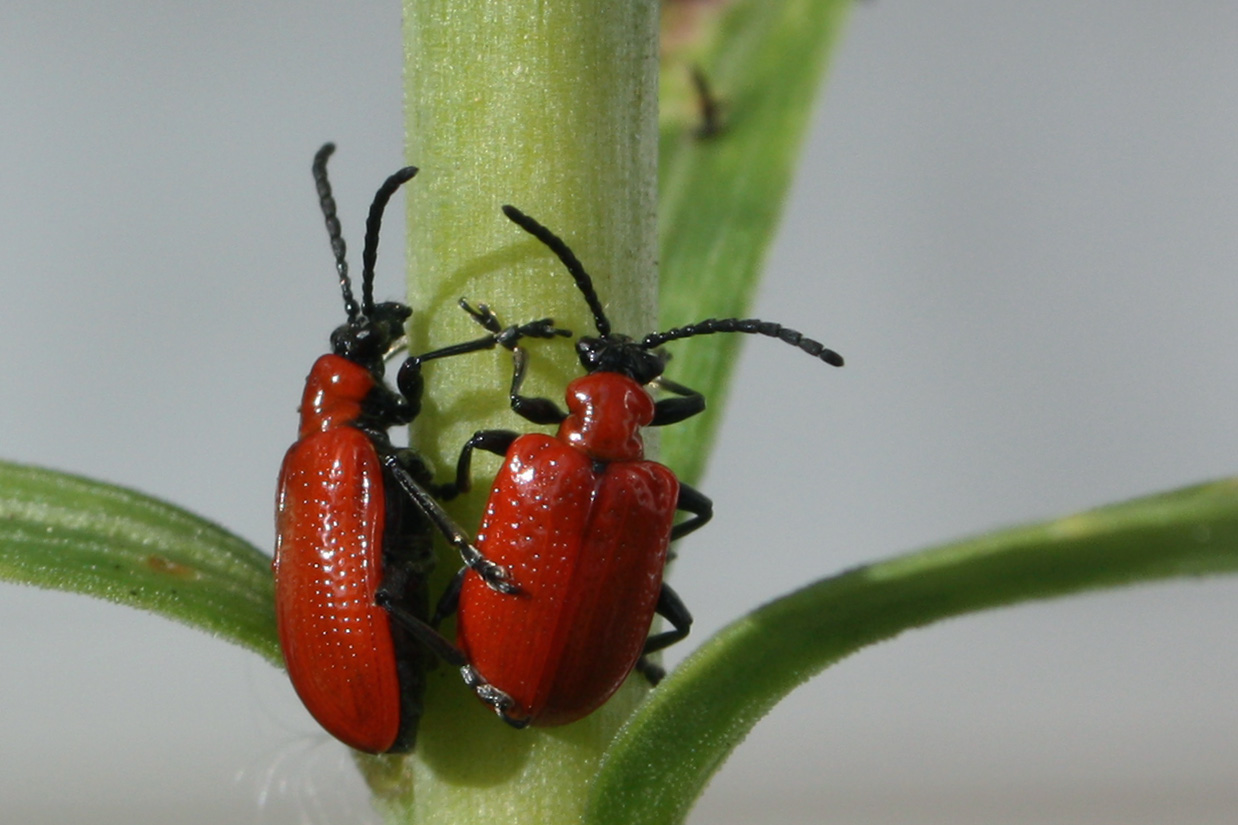|
Autographa Californica
''Autographa californica'', the alfalfa looper, is a moth of the family Noctuidae. The species was first described by Adolph Speyer in 1875. It is found in western North America from southern British Columbia to Baja California and to Manitoba, South Dakota, Colorado and New Mexico. The wingspan is 36–42 mm. The moth flies from July to October depending on the location. The larvae feed on a wide range of plants. Recorded food plants include species of families Apiaceae, Aquifoliaceae, Asteraceae, Boraginaceae, Brassicaceae, Caprifoliaceae, Chenopodiaceae, Cucurbitaceae, Ericaceae, Eschscholzia, Fabaceae, Grossulariaceae, Liliaceae, Lamiaceae, Linaceae, Malvaceae, Plantaginaceae, Poaceae, Podocarpaceae, Polygonaceae, Rhamnaceae, Rosaceae, Rutaceae, Scrophulariaceae, Solanaceae and Verbenaceae The Verbenaceae ( ), the verbena family or vervain family, is a family of mainly tropical flowering plants. It contains trees, shrubs, and herbs notable for heads, spikes, or ... [...More Info...] [...Related Items...] OR: [Wikipedia] [Google] [Baidu] |
Adolph Speyer
Adolph Speyer (28 April 1812, Arolsen – 14 October 1892, Rhoden, Waldeck ) was a German entomologist who specialised in Lepidoptera, especially Hesperiidae Skippers are a group of butterflies placed in the family Hesperiidae within the order Lepidoptera (moths and butterflies). They were previously placed in a separate superfamily, Hesperioidea, but have since been placed in the superfamily Papilion .... Dr. Adolph Speyer wrote more than 70 papers on butterflies and their distribution. Works partial list *Speyer, A. (1848): Kritische Bemerkungen zu Herrich-Schäffer's systematischer Bearbeitung der Schmetterlinge von Europa, als Text, Revision und Supplement zu Hübner's europäischen Schmetterlingen. Erster Band. Tagschmetterlinge. Regensburg 1845. ''Entomologische Zeitung. Herausgegeben von dem entomologischen Vereine zu Stettin'' 9 (3), pp. 7–76.*Speyer, A. (1848): Kritische Bemerkungen zu Herrich-Schäffer's systematischer Bearbeitung der europäischen Schmetterli ... [...More Info...] [...Related Items...] OR: [Wikipedia] [Google] [Baidu] |
Caprifoliaceae
The Caprifoliaceae or honeysuckle family is a clade of dicotyledonous flowering plants consisting of about 860 species in 33 to 42 genera, with a nearly cosmopolitan distribution. Centres of diversity are found in eastern North America and eastern Asia, while they are absent in tropical and southern Africa. Description The flowering plants in this clade are mostly shrubs and vines: rarely herbs. They include some ornamental garden plants grown in temperate regions. The leaf, leaves are mostly opposite with no stipules (appendages at the base of a leafstalk or leaf, petiole), and may be either evergreen or deciduous. The flowers are tubular funnel-shaped or bell-like, usually with five outward spreading lobes or points, and are often fragrant. They usually form a small Sepal, calyx with small bracts. The fruit is in most cases a berry (botany), berry or a drupe. The genera ''Diervilla'' and ''Weigela'' have Capsule (fruit), capsular fruit, while ''Heptacodium'' has an achene. Tax ... [...More Info...] [...Related Items...] OR: [Wikipedia] [Google] [Baidu] |
Polygonaceae
The Polygonaceae are a Family (biology), family of flowering plants known Common name, informally as the knotweed family or smartweed—buckwheat family in the United States. The Botanical name, name is Basionym, based on the genus ''Polygonum'', and was first used by Antoine Laurent de Jussieu in 1789 in his book, ''Genera Plantarum''.Antoine Laurent de Jussieu. 1789. ''Genera plantarum: secundum ordines naturales disposita, juxta methodum in Horto regio parisiensi exaratam''. page 82. Herrisant and Barrois: Paris, France. (see ''External links'' below) The name may refer to the many swollen Node (botany), nodes the stems of some species have, being Etymology, derived from Greek language, Greek ( meaning and meaning or ). Alternatively, it may have a different origin, meaning 'many seeds'. The Polygonaceae comprise about 1200 speciesDavid J. Mabberley. 2008. ''Mabberley's Plant-Book'' third edition (2008). Cambridge University Press: UK. distributed into about 48 genera. The l ... [...More Info...] [...Related Items...] OR: [Wikipedia] [Google] [Baidu] |
Podocarpaceae
Podocarpaceae is a large family of mainly southern hemisphere conifers, known in English as podocarps, comprising about 156 species of evergreen trees and shrubs.James E. Eckenwalder. 2009. ''Conifers of the World''. Portland, Oregon: Timber Press. . It contains 20 genera if ''Phyllocladus'' is included and ''Manoao'' and ''Sundacarpus'' are recognized. The family achieved its maximum diversity in the Cenozoic, making the Podocarpaceae family one of the most diverse in the southern hemisphere. The family is a classic member of the Antarctic flora, with its main centres of diversity in Australasian realm, Australasia, particularly New Caledonia, Tasmania, and New Zealand, and to a slightly lesser extent Malesia and South America (primarily in the Andes Mountains). Several genera extend north of the equator into Indochina and the Philippines. ''Podocarpus'' reaches as far north as southern Japan and southern China in Asia, and Mexico in the Americas, and ''Nageia'' into southern Ch ... [...More Info...] [...Related Items...] OR: [Wikipedia] [Google] [Baidu] |
Poaceae
Poaceae ( ), also called Gramineae ( ), is a large and nearly ubiquitous family of monocotyledonous flowering plants commonly known as grasses. It includes the cereal grasses, bamboos, the grasses of natural grassland and species cultivated in lawns and pasture. The latter are commonly referred to collectively as grass. With around 780 genera and around 12,000 species, the Poaceae is the fifth-largest plant family, following the Asteraceae, Orchidaceae, Fabaceae and Rubiaceae. The Poaceae are the most economically important plant family, including staple foods from domesticated cereal crops such as maize, wheat, rice, oats, barley, and millet for people and as feed for meat-producing animals. They provide, through direct human consumption, just over one-half (51%) of all dietary energy; rice provides 20%, wheat supplies 20%, maize (corn) 5.5%, and other grains 6%. Some members of the Poaceae are used as building materials ( bamboo, thatch, and straw); oth ... [...More Info...] [...Related Items...] OR: [Wikipedia] [Google] [Baidu] |
Plantaginaceae
Plantaginaceae, the plantain family or veronica family, is a large, diverse family (biology), family of flowering plants in the order Lamiales that includes common flowers such as Antirrhinum, snapdragon and Digitalis, foxglove. It is unrelated to the true plantains, banana-like fruit also called "plantain". In older classifications, Plantaginaceae was the only family of the order Plantaginales, but numerous phylogenetic studies, summarized by the Angiosperm Phylogeny Group, have demonstrated that this taxon should be included within Lamiales. Overview The plantain family as traditionally circumscribed consisted of only three genera: ''Bougueria'', ''Littorella'', and ''Plantago''. However phylogenetic research has indicated that Plantaginaceae ''sensu stricto'' (in the strict sense) were nested within Scrophulariaceae (but forming a group that did not include the type genus of that family, ''Scrophularia''). Although Veronicaceae (1782) is the oldest family name for this group, ... [...More Info...] [...Related Items...] OR: [Wikipedia] [Google] [Baidu] |
Malvaceae
Malvaceae (), or the mallows, is a family of flowering plants estimated to contain 244 genera with 4225 known species. Well-known members of economic importance include Theobroma cacao, cacao, Cola (plant), cola, cotton, okra, Hibiscus sabdariffa, roselle and durian. There are also some genera containing familiar ornamentals, such as ''Alcea'' (hollyhock), ''Malva'' (mallow), and ''Tilia'' (lime or linden tree). The genera with the largest numbers of species include ''Hibiscus'' (434 species), ''Pavonia (plant), Pavonia'' (291 species), ''Sida (plant), Sida'' (275 species), ''Ayenia'' (216 species), ''Dombeya'' (197 species), and ''Sterculia'' (181 species). Taxonomy and nomenclature The circumscription of the Malvaceae is controversial. The traditional Malvaceae ''sensu stricto'' comprise a very homogeneous and cladistically Monophyly, monophyletic group. Another major circumscription, Malvaceae ''sensu lato'', has been more recently defined on the basis that genetics studies ha ... [...More Info...] [...Related Items...] OR: [Wikipedia] [Google] [Baidu] |
Linaceae
Linaceae is a family of flowering plants. The family is cosmopolitan, and includes about 250 species in 14 genera, classified into two subfamilies: the Linoideae and Hugonioideae. Description The leaves of the Linaceae are always simple; arrangement varies from alternate (most species) to opposite (in '' Sclerolinon'' and some '' Linum'') or whorled (in some '' Hesperolinon'' and '' Linum'' species). The hermaphroditic, actinomorphic flowers are pentameric or, very rarely, tetrameric (e.g., '' Radiola linoides'', '' Linum keniense''). Taxonomy Under the old Cronquist system of classifying the flowering plants, the Linaceae were placed in their own order, the Linales. Modern classifications place them in the order Malpighiales. In addition to their growth habits and geographic distributions, the two subfamilies can be differentiated by the number of fertile stamens (five in the Linoideae, ten in the Hugonioideae) and fruit type (capsules in the Linoideae, fleshy drupe- ... [...More Info...] [...Related Items...] OR: [Wikipedia] [Google] [Baidu] |
Lamiaceae
The Lamiaceae ( ) or Labiatae are a family (biology), family of flowering plants commonly known as the mint, deadnettle, or sage family. Many of the plants are aromatic in all parts and include widely used culinary herbs like basil (herb), basil, mentha, mint, rosemary, Salvia officinalis, sage, savory (herb), savory, marjoram, oregano, Hyssopus officinalis, hyssop, thyme, lavender, and perilla, as well as traditional medicines such as catnip, ''Salvia'', Monarda, bee balm, Leonotis leonurus, wild dagga, and Leonurus japonicus, oriental motherwort. Some species are shrubs, trees (such as teak), or, rarely, vines. Many members of the family are widely cultivated, not only for their aromatic qualities, but also their ease of cultivation, since they are readily propagated by stem cuttings. Besides those grown for their edible leaves, some are grown for decorative foliage. Others are grown for seed, such as ''Salvia hispanica'' (chia), or for their edible tubers, such as ''Plectr ... [...More Info...] [...Related Items...] OR: [Wikipedia] [Google] [Baidu] |
Liliaceae
The lily family, Liliaceae, consists of about 15 genera and 610 species of flowering plants within the order Liliales. They are monocotyledonous, perennial, herbaceous, often bulbous geophytes. Plants in this family have evolved with a fair amount of morphological diversity despite genetic similarity. Common characteristics include large flowers with parts arranged in threes: with six colored or patterned petaloid tepals (undifferentiated petals and sepals) arranged in two whorls, six stamens and a superior ovary. The leaves are linear in shape, with their veins usually arranged parallel to the edges, single and arranged alternating on the stem, or in a rosette at the base. Most species are grown from bulbs, although some have rhizomes. First described in 1789, the lily family became a paraphyletic "catch-all" ( wastebasket) group of lilioid monocots that did not fit into other families and included a great number of genera now included in other families and in some case ... [...More Info...] [...Related Items...] OR: [Wikipedia] [Google] [Baidu] |
Grossulariaceae
''Ribes'' () is a genus of about 200 known species of flowering plants, most of them native to the temperate regions of the Northern Hemisphere. The species may be known as various kinds of currants, such as redcurrants, blackcurrants, and whitecurrants, or as gooseberries, and some are cultivated for their edible fruit or as ornamental plants. ''Ribes'' is the only genus in the family Grossulariaceae. Description ''Ribes'' species are medium shrub-like plants with marked diversity in flowers and fruit. They have either palmately lobed or compound leaves, and some have thorns. The sepals of the flowers are larger than the petals, and fuse into a tube of saucer shape. The ovary is inferior, maturing into a berry with many seeds. Taxonomy ''Ribes'' is the single genus in the Saxifragales family Grossulariaceae. Although once included in the broader circumscription of Saxifragaceae ''sensu lato'', it is now positioned as a sister group to Saxifragaceae ''sensu stricto''. Subd ... [...More Info...] [...Related Items...] OR: [Wikipedia] [Google] [Baidu] |
Fabaceae
Fabaceae () or Leguminosae,International Code of Nomenclature for algae, fungi, and plants. Article 18.5 states: "The following names, of long usage, are treated as validly published: ....Leguminosae (nom. alt.: Fabaceae; type: Faba Mill. Vicia L.; ... When the Papilionaceae are regarded as a family distinct from the remainder of the Leguminosae, the name Papilionaceae is conserved against Leguminosae." English pronunciations are as follows: , and . commonly known as the legume, pea, or bean family, is a large and agriculturally important family of |






